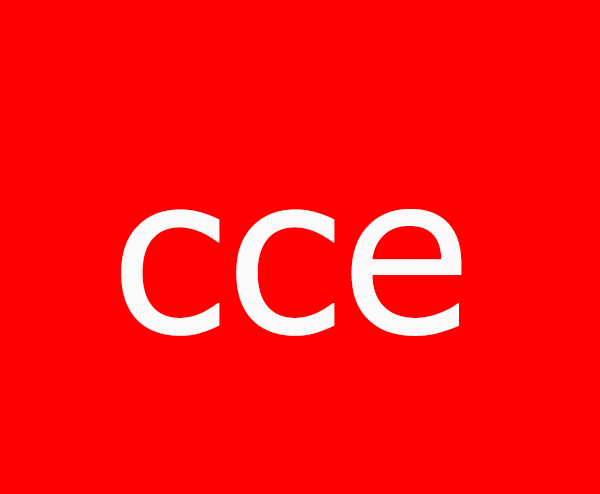After months of anticipation and shifting timelines, President William Ruto has officially confirmed that construction of the long-awaited Rironi-Mau Summit Road will commence in August 2025.
The announcement marks a critical step in Kenya’s efforts to modernize infrastructure and ease transport across the vital Northern Corridor.
Speaking during a recent infrastructure development briefing, President Ruto assured the nation that the preparatory work—including final engineering designs, project financing, and environmental approvals—is nearly complete. “We are in the final stages.
By August, we will break ground on this transformative highway,” the President declared.
The Rironi-Mau Summit dual carriageway is a flagship public-private partnership (PPP) project stretching over 175 kilometers, designed to ease congestion along the busy Nairobi-Nakuru-Eldoret corridor.
The route serves as a backbone of Kenya’s transport network and is a key artery for East Africa’s regional trade, particularly with Uganda, Rwanda, and South Sudan.
Reversing Delays
Originally slated for groundbreaking by June 1, 2025, the project faced several delays due to extended negotiations over financing and design changes.
In May, Deputy President Kithure Kindiki had indicated a July 1 start date, contingent upon the finalization of PPP arrangements with the project’s financiers.
However, President Ruto’s latest announcement puts the official start in August, citing the need to complete final technical adjustments.
The project is being executed under a PPP framework with Rift Valley Highway Limited—a consortium led by French infrastructure giant VINCI Concessions and Meridiam Infrastructure Africa Fund.
The firm will build, finance, and operate the road on a 30-year concession, recouping investment through toll fees.
Economic Impact
Once completed, the dual carriageway is expected to drastically reduce travel time and vehicle operating costs between Nairobi and the Rift Valley, while boosting trade and logistics efficiency along the entire Northern Corridor.
The road will include several bypasses, interchanges, and improved safety features to reduce accidents on what is currently one of Kenya’s deadliest highways.
Transport Cabinet Secretary Kipchumba Murkomen called the development a “game-changer for national mobility,” and emphasized the broader economic significance.
“The Rironi-Mau Summit project isn’t just a road; it’s a lifeline for commerce, food security, and tourism across western Kenya and beyond,” he said.
What’s Next
With the August start now confirmed, attention shifts to local contractors, labor mobilization, and community outreach—key components in the early execution phase.
The government has pledged to prioritize local employment and mitigate disruption to nearby communities during construction.
The Rironi-Mau Summit project is one of the largest road infrastructure undertakings in the region and is viewed as a litmus test for Kenya’s broader PPP infrastructure agenda.
If delivered on schedule, it will serve as a model for future investments in transport, energy, and water infrastructure across the country.
Also Read
Controversial Inga 3 Dam Approved by World Bank, Sparking Human Rights Outcry
Inside Tanzania’s 3.2km Engineering Marvel: The Completed Magufuli Bridge

